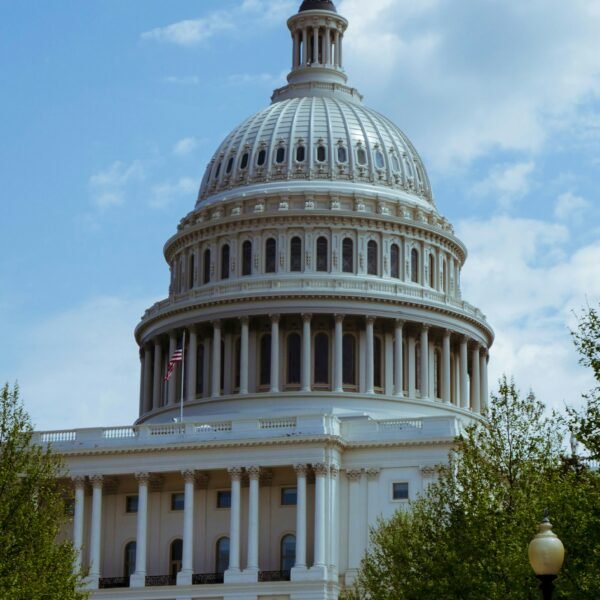Welcome to the article discussing the question of why New York can’t seem to create a proper monument to gay history. As NYC Pride Week unfolds, the Stonewall events are at the forefront once again, with the renaming of a subway station and the opening of the Stonewall National Monument Visitor Center. The Stonewall uprising of 1969 was a pivotal moment in LGBTQ+ history, where individuals finally stood up against police discrimination and persecution. Despite the progress made since then, there are still challenges in properly honoring and memorializing this important part of New York City’s history. Through ongoing efforts and discussions, the hope is to create a monument that truly reflects the significance of the Stonewall events and the continued fight for equality and acceptance.

The Significance of Stonewall in LGBTQ History
You know the story of the Stonewall uprising, but do you understand its true significance in LGBTQ history? Let’s delve deeper into why this event was a turning point for the LGBTQ rights movement.
Understanding the Context of Stonewall
Back in 1969, LGBTQ individuals faced immense discrimination and persecution, with laws prohibiting their existence and authorities exerting unaccountable power over them. The Stonewall Inn raid and subsequent uprising symbolized a collective resistance against this oppressive system.
The Impact of Stonewall Riots
The Stonewall riots were not just a spontaneous outburst of frustration; they were a pivotal moment that sparked organized protests and demonstrations across the country. The LGBTQ community found a newfound sense of empowerment and solidarity in the aftermath of Stonewall.
Stonewall’s Legacy in LGBTQ Activism
The legacy of Stonewall continues to resonate in LGBTQ activism today. It paved the way for the fight for equal rights, visibility, and acceptance for LGBTQ individuals. The courageous actions of those at Stonewall set the stage for decades of advocacy and progress.

Commemorating Stonewall Through Monuments and Memorials
As the significance of Stonewall in LGBTQ history becomes increasingly recognized, there is a growing effort to commemorate this event through monuments and memorials. Let’s explore the various ways in which Stonewall is being remembered and honored.
Renaming of Subway Stations and Streets
One of the ways in which Stonewall is being commemorated is through the renaming of subway stations and streets in its honor. The renaming of the Christopher Street-Stonewall National Monument Station serves as a constant reminder of the events that took place at Stonewall.
Establishment of Visitor Centers and Cultural Spaces
The opening of the Stonewall National Monument Visitor Center is another step towards preserving the legacy of Stonewall and educating the public about its historical significance. These cultural spaces provide a platform for LGBTQ narratives and serve as a focal point for community engagement.
Art Installations and Public Displays
Art installations and public displays are also being used as a way to commemorate Stonewall and engage the public in conversations about LGBTQ history. These visual representations serve as a reminder of the struggles and accomplishments of the LGBTQ community.

Challenges in Creating a Proper Monument to Gay History in New York
Despite the efforts to commemorate Stonewall and LGBTQ history, there are challenges that New York faces in creating a proper monument to gay history. Let’s examine some of the obstacles that have hindered the establishment of a comprehensive monument in the city.
Lack of Funding and Support
One of the major challenges in creating a proper monument to gay history in New York is the lack of funding and support. Monument projects require significant financial resources and community backing, which can be difficult to mobilize.
Preservation of LGBTQ Historical Sites
Another challenge is the preservation of LGBTQ historical sites, many of which are at risk of being lost or destroyed. Without adequate protection and recognition, these sites may be overlooked in the creation of a comprehensive monument to gay history.
Inclusivity and Representation
Ensuring inclusivity and representation in the design and implementation of a monument to gay history is crucial. It is essential to reflect the diversity of the LGBTQ community and honor the contributions of marginalized groups within the community.

The Future of LGBTQ Monuments in New York
While there are challenges in creating a proper monument to gay history in New York, there is optimism for the future of LGBTQ monuments in the city. Let’s explore the possibilities and potential for the growth of LGBTQ commemorations in New York.
Collaboration and Community Engagement
Collaboration among stakeholders and community engagement are key to the success of LGBTQ monument projects. By involving LGBTQ organizations, activists, artists, and community members in the planning and execution of monuments, a more inclusive and representative commemoration can be achieved.
Education and Awareness
Education and awareness play a critical role in the development of LGBTQ monuments. By educating the public about the historical significance of events like Stonewall and the ongoing struggles of the LGBTQ community, a deeper appreciation for LGBTQ history can be fostered.
Advocacy and Activism
Advocacy and activism are essential in advocating for the establishment of LGBTQ monuments and ensuring their preservation and protection. By mobilizing support and raising awareness of the importance of LGBTQ history, the momentum for LGBTQ monuments in New York can continue to grow.
In conclusion, the efforts to create a proper monument to gay history in New York are ongoing, with challenges and opportunities shaping the future of LGBTQ commemorations in the city. By understanding the significance of events like Stonewall, commemorating LGBTQ history through monuments and memorials, and advocating for greater inclusivity and representation, we can work towards honoring the past and shaping a more inclusive future for the LGBTQ community.








